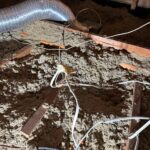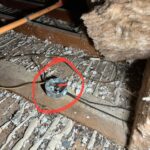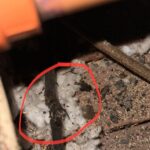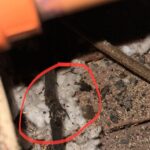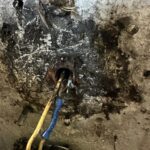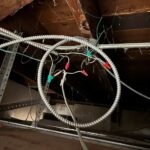MaxElectric
Knob and Tube Wiring Replacement in Bay Area
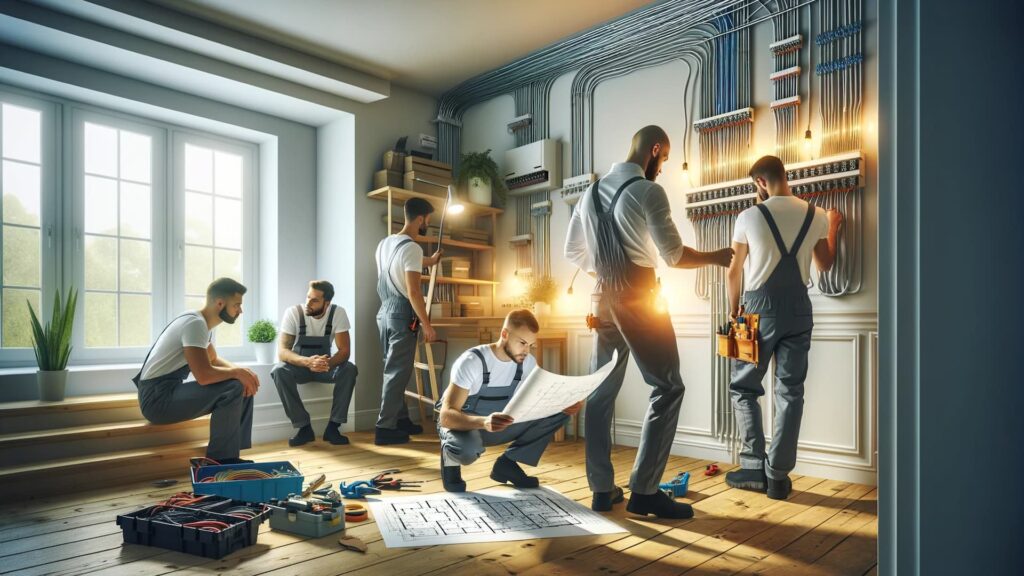
What is Knob and Tube Wiring?
Knob and tube wiring is a kind of electrical system that was commonly used in America from about 1880 to the 1950s. It doesn’t pose a grave danger but can be a safety hazard. It is dangerous because of its age and improper modifications. Knob and tube wiring is not illegal but it is prohibited in new construction nowadays.
How do I know if my home has it?
Knob and tube is not difficult to identify. The easiest way to check for knob and tube wiring is to look in your basement and attic for little white tubes made of porcelain with wires running through them. If you don’t find knob and tube wiring in your house, it doesn’t always mean that you don’t have it. It could be hiding in the walls. We recommend to call a professional to open the walls if you are not sure that your house has knob and tube wiring.
Problems with knob and tube wiring:
- Fire Hazard
Old knob and tube wiring can be a safety hazard. Because it is made of rubber and cloth, in many cases heat and air exposure causes the rubber to become brittle and the damaged insulation does not protect the wire and your home becomes hire hazard. - Modifications
Asphalt-soaked cotton sheaths or rubber breaks down over time. This allows wires to be exposed and raises the risk for electrical shocks and burning even during renovation. - No grounding conductor
It does not have a grounding conductor. These conductors decrease the chance of electrical fire and damage to your equipment.
When knob and tube wiring was installed, there weren’t a lot of electrical appliances in houses.
Nowadays it is impossible to imagine a house without TVs, washers, dryers, computers, EV chargers and other appliances. Too many extension cords can be really dangerous for your old wiring.
Visual Identification of Knob and Tube Wiring
To help you better understand the appearance and typical issues associated with knob and tube wiring, we have included a gallery of images below. These pictures highlight the distinctive elements of this vintage wiring method, showing the porcelain knobs and tubes that contain and protect the wires.
Photos Include:
Porcelain Knobs and Tubes: Clear shots of how these components are mounted in the framework of homes, typically in less accessible areas like attics and basements.
Visible Wire Damage: Examples of exposed and deteriorating wires, highlighting the lack of a protective grounding conductor and the frayed, brittle insulation that can lead to safety hazards.
Improper Modifications: Photos showing incorrect alterations and additions that have been made to existing systems, exacerbating the risks of electrical shocks and fires.
Homeowners may use these pictures as a warning and reference to identify any hazards in their own electrical systems. We advise getting in touch with an expert for a comprehensive assessment and any required modifications if you think your house could contain knob and tube wiring; these images will help you recognize comparable elements.
What should i do if my home has knob and tube wiring?
If your house has knob and tube wiring, you don’t always have to replace it. But if you want or need to make an electrical upgrade, you should hire a licensed and experienced electrician.
Even though knob and tube wiring doesn’t pose a serious danger you should remember that it can be fire hazard!

